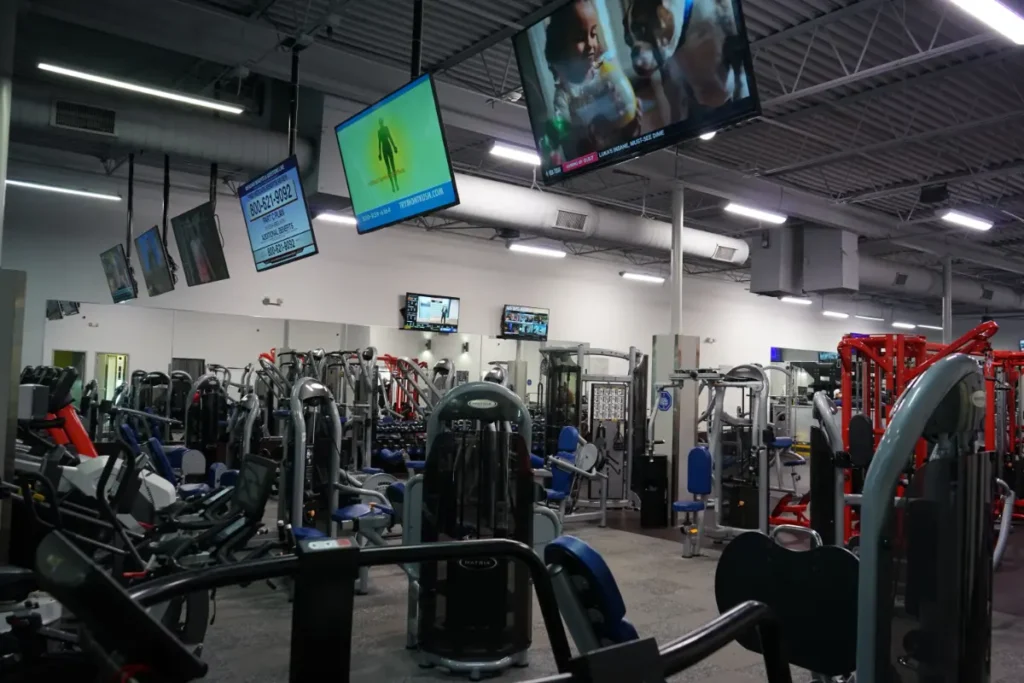If you’ve ever wondered whether you need to push yourself to the brink of collapse to shed those extra pounds or if there’s a more relaxed approach, then steady-state cardio might just be your answer. In this blog post, we’ll explore what steady-state cardio is, how it can benefit your weight loss journey, and why it might be the ultimate solution you’ve been searching for. Let’s lace up those sneakers and get ready to break a sweat in the most steady and effective way possible!
What is steady-state cardio?
Steady-state cardio is a form of aerobic exercise where you maintain a consistent level of intensity for an extended period of time. Unlike high-intensity interval training (HIIT), which involves short bursts of intense effort followed by rest periods, steady-state cardio keeps your heart rate elevated at a moderate level throughout the entire workout.
Common examples of steady-state cardio include jogging, cycling, swimming, and brisk walking. The key to steady-state cardio is finding a pace that allows you to sustain the activity for an extended period, typically 30 minutes or more.
This type of cardio primarily targets your aerobic energy system, improving your cardiovascular endurance and overall heart health. It also helps to burn calories and fat, making it an effective tool for weight loss when combined with a balanced diet.
Should you do steady-state cardio or HIIT workouts for weight loss?
When it comes to choosing between steady-state cardio and high-intensity interval training (HIIT) for weight loss, there are pros and cons to consider for each.
Steady-state cardio
Pros
- Sustainable: Steady state cardio is easier to maintain for longer durations, making it ideal for beginners or those with joint issues.
- Fat burning: It primarily targets fat as a fuel source during the workout, aiding in weight loss.
- Cardiovascular health: Improves endurance, heart health, and overall cardiovascular fitness.
Cons
- Time-consuming: Requires longer workout durations to achieve the same calorie burn as HIIT.
- Plateau: Your body may adapt to the steady state cardio over time, leading to a plateau in weight loss progress.
- Muscle loss: Extended sessions of steady-state cardio may lead to muscle loss, especially if not paired with strength training.
HIIT Workouts
Pros
- Time-efficient: HIIT workouts are shorter in duration but can burn more calories in a shorter amount of time compared to steady-state cardio.
- Afterburn effect: HIIT can boost your metabolism for hours post-workout, leading to continued calorie burn.
- Muscle preservation: HIIT workouts help preserve muscle mass while promoting fat loss.
Cons
- Intensity: HIIT can be challenging for beginners or individuals with certain health conditions.
- Recovery time: Due to the intense nature of HIIT, adequate rest and recovery between sessions are crucial to prevent overtraining. Learn more with these recovery tips for beginners.
- Injury risk: The high-intensity nature of HIIT can increase the risk of injury if proper form and recovery are not prioritized. For that reason, at HiTone Fitness Brunswick we have group HIIT classes led by professional instructors who will make sure you can experience the benefits of these intense workouts without risking the injury.
Ultimately, the best choice between steady-state cardio and HIIT for weight loss depends on your fitness level, preferences, and goals. Combining both types of cardio in your workout routine can provide a well-rounded approach to weight loss and overall fitness.
How to combine steady-state cardio, HIIT workouts, and weight lifting?
To maximize your weight loss and overall fitness goals, incorporating a combination of steady-state cardio, HIIT workouts, and weight lifting can be highly effective. Here’s how you can create a well-rounded workout routine that includes all three components:
- Schedule your workouts: Plan your weekly schedule to include a mix of steady-state cardio, HIIT workouts, and weight-lifting sessions. Aim for a balance that suits your fitness level and allows for proper rest and recovery.
- Mix up your cardio: Alternate between steady-state cardio sessions, such as a long run or bike ride, and high-intensity interval training. This variety keeps your body challenged and prevents plateauing.
- Incorporate weight lifting: Include strength training exercises in your routine to build muscle, increase metabolism, and improve overall body composition. Focus on compound movements like squats, deadlifts, and bench presses for maximum efficiency.
- Prioritize recovery: Ensure you allow time for adequate rest and recovery between workouts, especially after intense HIIT or weight lifting sessions. Listen to your body and adjust your training volume and intensity as needed.
- Fuel your body: Proper nutrition is key to supporting your workouts and weight loss goals. Fuel your body with a balanced diet that includes lean proteins, complex carbohydrates, healthy fats, and plenty of hydration.
Final thoughts
Steady-state cardio offers a sustainable way to burn calories and improve cardiovascular health, while HIIT workouts provide a time-efficient and intense option for torching fat and boosting metabolism. Weight lifting helps build muscle, increase strength, and enhance body composition.
Remember, finding the right balance that works for you is key. Listen to your body, adjust your workouts as needed, prioritize recovery, and fuel your body with nutritious foods. With dedication, consistency, and a varied exercise routine, you can achieve your weight loss goals and enjoy a fit and healthy lifestyle.





